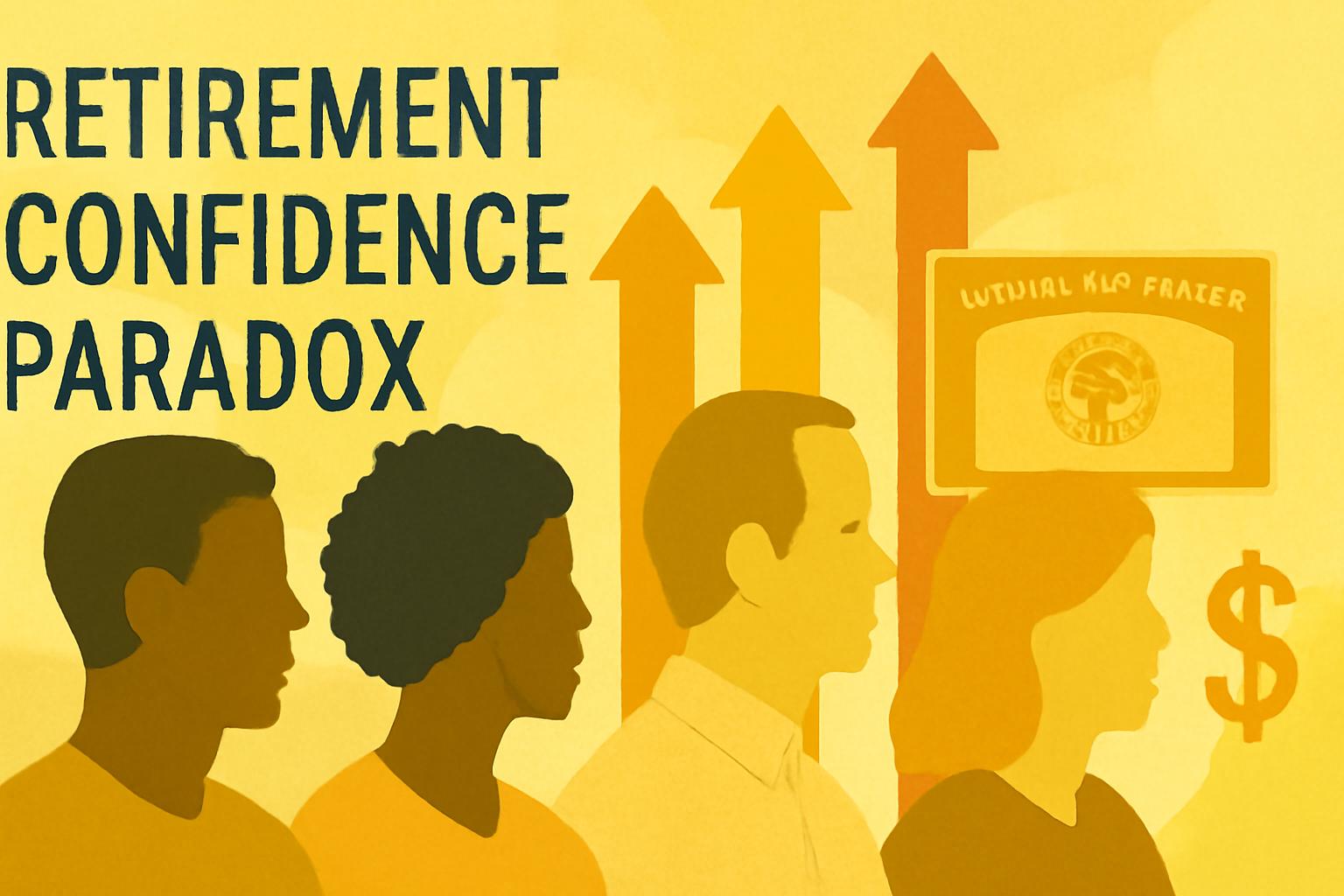The Retirement Confidence Paradox Among Americans
As a record number of Americans approach retirement age, a troubling disconnect emerges between perceived and actual readiness. According to a recent Prudential global survey, 89% of wealthy U.S. adults believe they can cover essential retirement expenses. However, only 55% have factored inflation into their retirement planning, exposing a significant “confidence paradox.” Caroline Feeney, Prudential’s global head of retirement and insurance, warns that feeling ready is not synonymous with being ready.
“People feel ready, so they’re not taking the necessary action and plans now to start saving and leaning into closing what may be a real retirement gap for their futures that they’re not aware of,” said Feeney.
Demographic Trends Intensify Retirement Challenges
The issue is particularly pressing as the baby boomer generation reaches “peak 65.” More than 11,200 individuals turn 65 daily through 2027, underscoring the urgency for adequate retirement preparation. Meanwhile, inflation remains a persistent obstacle. The Consumer Price Index rose 3% year-over-year in September 2025, while the Social Security cost-of-living adjustment for 2026 will increase benefits by just 2.8%, adding roughly $56 per month on average. Yet retirees’ expenditures have outpaced inflation, driven by rising costs in housing, groceries, and healthcare. This dynamic creates a widening gap between expected and actual retirement expenses.
Growing Concerns Over Social Security Sustainability
Prudential’s survey revealed that 63% of U.S. respondents worry about the government’s ability to sustain Social Security benefits through their retirement years. This concern compounds uncertainty around long-term financial security for retirees.
The Role of Financial Planning and Advice
Certified financial planner Uziel Gomez notes that many individuals underestimate their retirement spending, often assuming expenses will decrease. Contrary to this belief, retirees tend to spend more as they engage in leisure and activities.
“People think they can cut expenses in retirement, but often their spending increases due to lifestyle changes,” said Gomez, founder of Primeros Financial and member of CNBC’s Financial Advisor Council.
Supporting this, a Principal Financial Group survey found that while 54% of Americans expect their financial situation to improve, an equal share fears depleting their savings. Confidence is notably lower among those closer to retirement, with nearly 70% of Gen X and 50% of baby boomers doubting their savings sufficiency.
- 93% of individuals working with financial advisors feel confident covering essential expenses, compared to 83% without advisors.
- Confidence gaps widen for nonessential expenses: 86% with advisors versus 68% without.
- Free online retirement calculators from government and financial institutions can provide valuable planning insights.
FinOracleAI — Market View
The prevailing retirement confidence paradox among Americans illustrates a critical gap between perceived preparedness and financial realities. Inflationary pressures and modest Social Security adjustments challenge retirees’ ability to maintain their standard of living. The demographic swell of retiring baby boomers further stresses the retirement ecosystem.
- Opportunities: Increased demand for financial advisory services and advanced retirement planning tools.
- Risks: Potential for widespread under-saving leading to future financial insecurity and increased reliance on government safety nets.
- Policy considerations: Necessity for realistic Social Security reforms and inflation indexing that reflect actual retiree expenses.
- Consumer behavior: Greater emphasis on education to bridge the gap between confidence and readiness.
Impact: The disconnect between retirement confidence and readiness is likely to drive demand for financial advisory services and policy reform, while highlighting the need for enhanced consumer education on realistic retirement planning.













